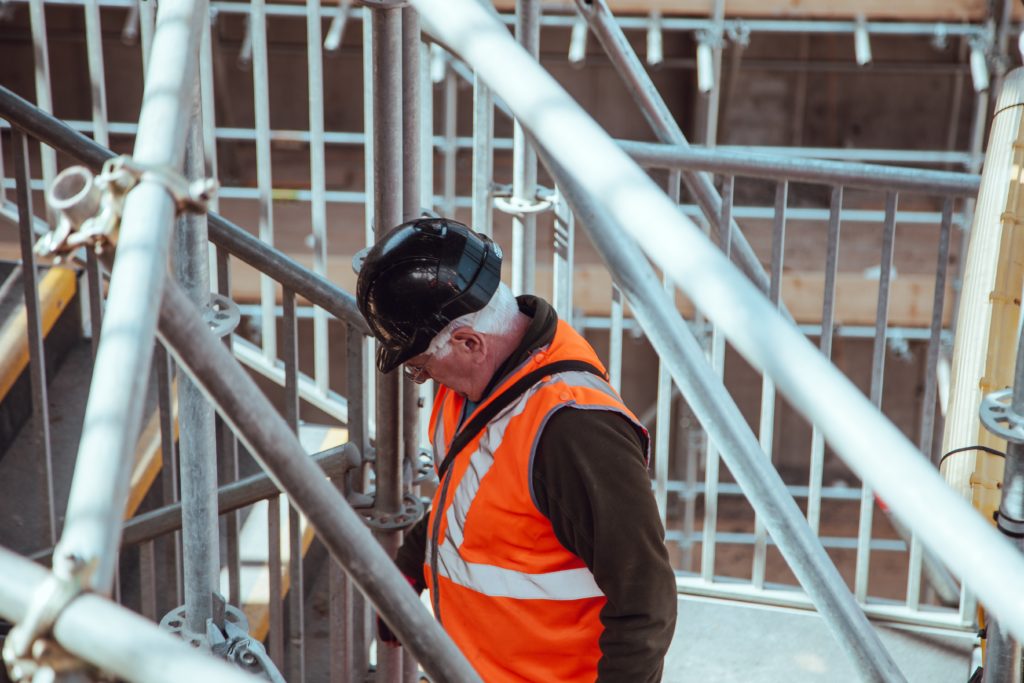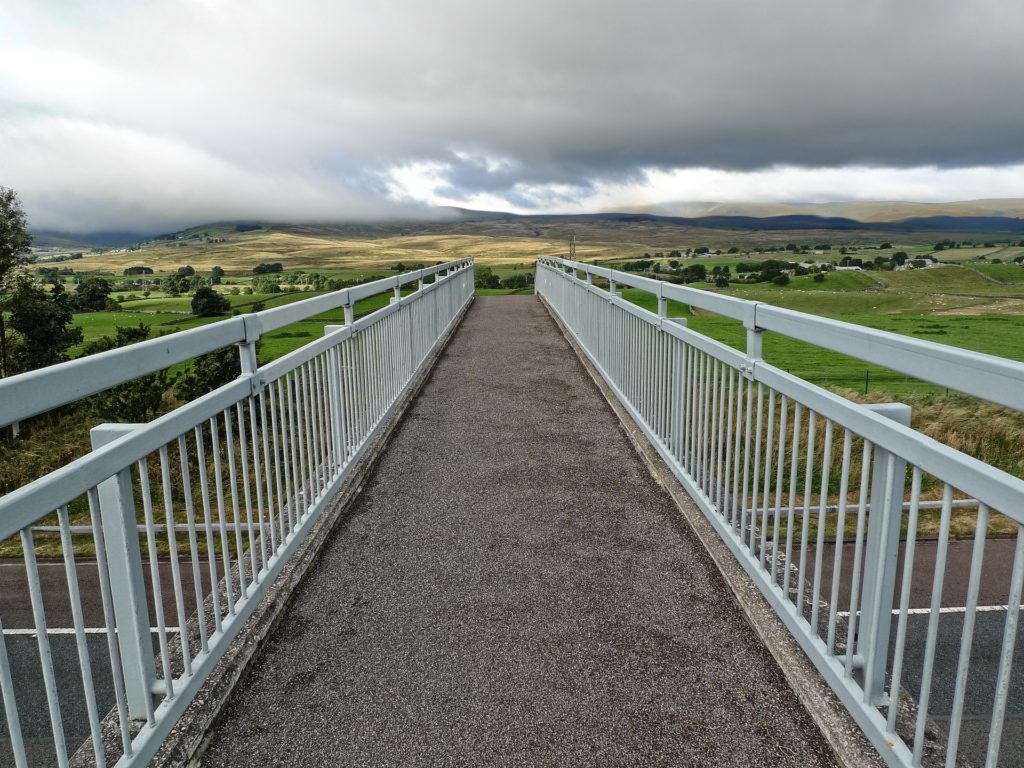 The recent collapse of a pedestrian bridge still under construction in Florida was a terrible tragedy that cost the lives of six people. It also demonstrated how errors in construction or design can still make it through planning and development, with real-world consequences. While the exact cause of the collapse is still under investigation, this tragedy may end up changing construction and bridge design across the country.
The recent collapse of a pedestrian bridge still under construction in Florida was a terrible tragedy that cost the lives of six people. It also demonstrated how errors in construction or design can still make it through planning and development, with real-world consequences. While the exact cause of the collapse is still under investigation, this tragedy may end up changing construction and bridge design across the country.
The FIU Bridge Collapse
On March 15, 2018, an unfinished pedestrian bridge that had been erected over the Tamiami Trail collapsed down onto vehicles beneath it. This bridge was designed to make the campus of Florida International University in Sweetwater, Florida, more accessible to students living off campus in nearby neighborhoods. Six people were killed and another nine were injured in the collapse because even though adjustments were being made to the bridge while it was under construction, the road beneath it had not been closed to the public.
Accelerated Bridge Construction
The FIU bridge was designed and built using a technique called Accelerated Bridge Construction (ABC) that is intended to make bridge construction faster, less expensive, and have less impact on local residents. Traditional bridge design requires lengthy road closures, for months or years, while a bridge is built over roads that will pass under it once complete. ABC techniques instead build much of the bridge off-site and bring the completed pieces to the bridge’s final location.
These prefabricated components are then put into place, adjusted, and connected together in a relatively short period of time. That means that roads beneath the bridge only need to be closed for a few days or just hours while the pieces are assembled. This technique has been used with increasing frequency in recent years with few negative consequences, though the collapse of the FIU bridge could change that.
Contributing Factors to a Bridge Collapse
Bridges can collapse for a number of different reasons. Due to the complexity of these structures, it often takes investigators months to examine evidence, look at all the information, and ultimately determine what went so wrong to bring the bridge down. A few possible causes for bridge collapses include:
- Improper materials: The type and make-up of concrete, choice of metal, and other materials are all crucial in making sure a bridge can handle the loads placed upon it every day. If incorrect materials are used, or they are not manufactured properly, then a fatal flaw can develop in the bridge that ultimately leads to collapse.
- Design flaws: Engineers design bridges with an eye toward stress and loads on the bridge, and ensure that they can handle constant use. One major issue with ABC is that such bridges must be designed for regular use but also to endure unusual stresses placed upon them during transportation and while being put in place.
- Construction mistakes: Even when a bridge is designed properly, it must then be constructed following that design. Errors can occur as workers actually build the bridge, which might create flaws and weaknesses that are not otherwise apparent. While construction is ongoing, builders should ensure traffic and pedestrians around the area are kept safe in case of an accident.
- Changing conditions: Bridges can degrade and change over time and in severe weather, which must be kept in mind during design and ongoing maintenance. Modifications can also be made during construction and must be considered throughout the rest of the build and long-term maintenance.
- Poor maintenance: Bridges require routine inspections and maintenance to ensure they are still safe to use and stable. If this maintenance is not performed, minor flaws or issues can quickly transform into a severe and ultimately fatal structural failure. The expense of such maintenance can be high, but the cost for failing to perform these duties is far worse.
Responsibility for a bridge collapse really depends on the cause of that collapse and who could have reasonably prevented it, or at least prevented deaths or damages from it.
For example, if engineers or builders knowingly cut corners or fail to design a workable bridge, they might be liable for damages caused by the collapse. (Several lawsuits have already been filed against the companies responsible for the FIU collapse.) On the other hand, if government officials fail to inspect and maintain public bridges, the government might be partly responsible for collapses that occur.
Will the FIU Collapse Change the Industry?
It is still too early to say what, if any, changes might come about in the construction industry as a result of the FIU bridge collapse. However, numerous examples from previous collapses indicate what could happen. Once investigators determine the cause of a collapse, they may suggest how laws and regulations can be changed to prevent a similar tragedy from occurring. This means there could be changes in how ABC techniques are used, or what kinds of adjustments can be made to bridges without closing down traffic around it. Additional inspection and safety steps may also be introduced to keep people safe in the future.
If you have questions about recovering compensation after a structural fail like a bridge collapse, the top New York construction accident attorneys at Wingate, Russotti, Shapiro, Moses & Halperin, LLP, have answers. For a free consultation, call (212) 986-7353 today.